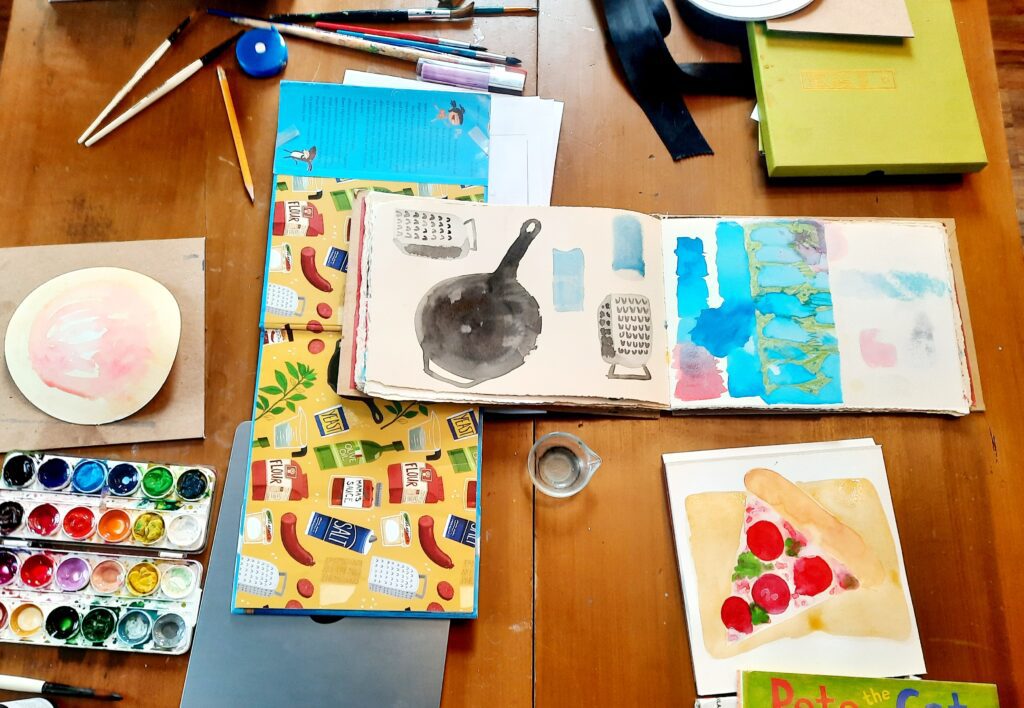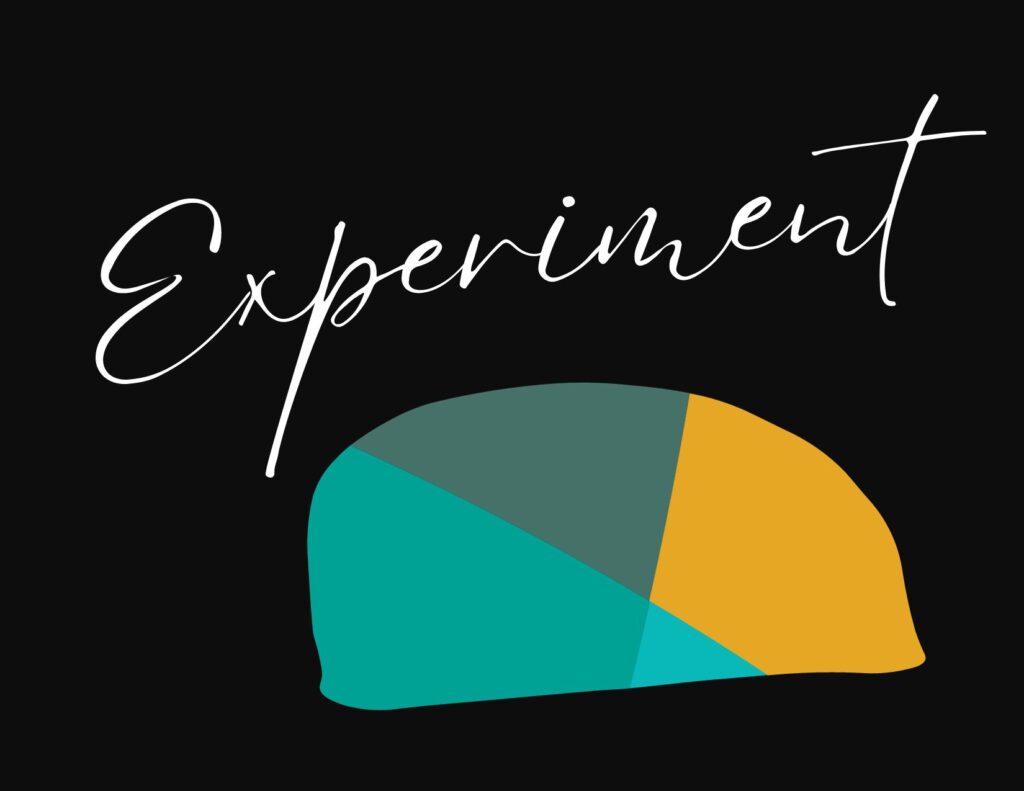Is Your Sketchbook too Expensive?
Designer Pep Carrio has this to say about how he works in his sketchbook:
For me, a sketchbook is like a kind of portable laboratory, a space to mark with references, to capture the immediate, to experiment; a memory warehouse to which I can return whenever I am searching for an idea or when I simply want to remember an instant, a time in the past.

What is a sketchbook?
Before we get deep into your sketchbook practice, let’s first determine what a sketchbook is. You might think that defining a sketchbook seems like a strange place to start; the answer is obvious: a book with blank pages, but I will argue that most people’s definition needs to be more relaxed.
You would be correct if you define a sketchbook as a book filled with blank pages where artists draw, but it can be so much more.
A sketchbook is a tool that creatives use to capture ideas, collect materials of interest, write, make marks, make mistakes, and experiment with ideas. A sketchbook can be beautiful, and it can be a total mess.
In the wake of social media, where everyone shares images of their highly curated perfect sketchbook spreads, it’s easy to think that you should have an expensive moleskin sketchbook filled with beautiful drawings to share with others. If you do, that is fine; however, that limiting definition will likely keep you from progressing or even starting a sketchbook practice.
What can you use as a sketchbook?
Look around you. What do you see that you could write, paint, or draw on? What do you see that you could cut, glue, collage, or sew? Keeping in mind that I’m defining a sketchbook as a surface to capture and explore ideas, here are a few things that you can use a sketchbook that you might have yet to think of.
- a pile of papers stapled together
- cardboard from cereal boxes
- envelops
- the backs of old pieces of artwork
- old books
- shopping bags
- newspapers
Or, of course, you can go to the store and purchase a sketchbook of your choice, ensuring the cost of the book doesn’t keep you from experimenting because you’re afraid of making a mistake.
Changing how you define a sketchbook and what can go inside will open endless creative exploration and experimentation opportunities.
What can you use a sketchbook for?
When you hear the word sketchbook, you likely think that you need to draw or paint in a sketchbook, which is fine if those are your preferred processes, but you can do so much more than simply drawing or painting.
You can:
- collage
- sew
- write
- weave
- fold
- cut
- glue
- stamp
Now that we’ve established what a sketchbook is and the range of processes you can do let’s explore why having a sketchbook practice even matters.
We don’t remember nearly as much as we think we do or want to. It would help if you had a place to capture your ideas, questions, and inspiration.
But even more important is to have a tool that helps you move past a creative block. When you approach a sketchbook as a place with no rules, it becomes a surface where it’s allowed and even encouraged to make bad art.
Are you feeling stuck?
Grab your sketchbook and challenge yourself to make the worst art imaginable. This type of approach is why it’s essential to have a sketchbook that doesn’t feel precious, one where anything goes, one that you don’t worry about, that you don’t make for show, one that you use for ideas, good ideas, and not-so-good ideas. Have a sketchbook that you use to make marks, any and every mark, with anything that you can find.
What’s holding you back from working in your sketchbook?
Additional Resources to fuel your creative practice
Get a deck of Experimentation Notecards

3 Ways to Make Sketchbooks From Scraps
How to Inspire Students to Use Their Sketchbooks in a New Way